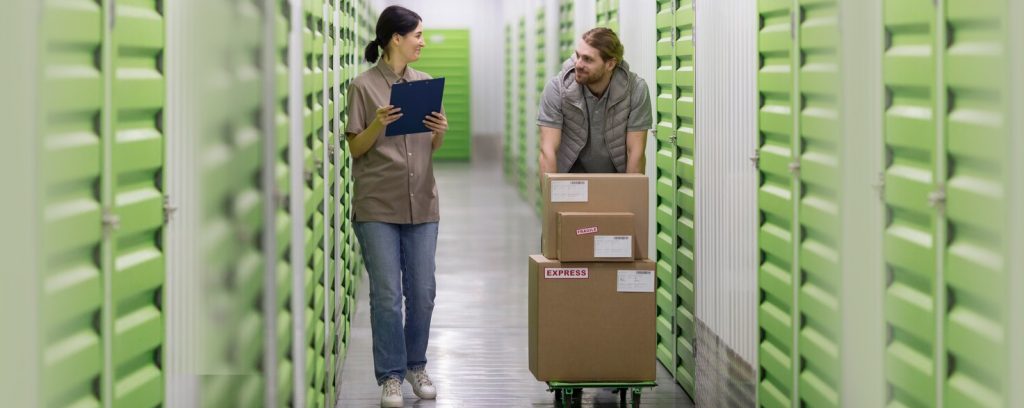
Trends in the Flexible packaging industry
The flexible packaging industry has experienced significant growth and innovation in recent years, driven by changing consumer preferences, sustainability concerns, and technological advancements. Below are some of the modern trends that are shaping the flexible packaging industry:
1. Sustainable Materials: Sustainability is a crucial driving force in the flexible packaging industry. Consumers are increasingly demanding eco-friendly and recyclable packaging solutions. As a result, manufacturers are adopting sustainable materials such as bio-based plastics, compostable films, and recycled content. These materials help reduce the environmental impact of flexible packaging and address the growing concerns surrounding plastic waste.
2. Lightweighting: Lightweighting is a trend focused on reducing the amount of packaging material used without compromising its performance. By employing advanced materials and manufacturing techniques, companies can create thinner yet durable and functional flexible packaging. Lightweight packaging helps reduce material consumption, transportation costs, and carbon emissions throughout the supply chain.
3. Convenience and Portability: Consumer lifestyles are becoming more fast-paced, leading to a growing demand for packaging that offers convenience and portability. Flexible packaging, such as stand-up pouches with resealable closures, spouted pouches, and single-serve sachets, caters to this trend. These formats are easy to carry, open, and close, making them ideal for on-the-go consumption and reducing food waste.
4. Digital Printing: Advancements in digital printing technology have revolutionized the flexible packaging industry. Digital printing allows for faster turnaround times, shorter production runs, and greater customization capabilities. Brands can now incorporate vibrant designs, personalized graphics, and variable data directly onto the packaging, enhancing shelf appeal and consumer engagement.
5. Barrier Solutions: Flexible packaging must provide adequate barrier properties to protect the product from external factors such as moisture, oxygen, and light. Manufacturers are continuously developing innovative barrier solutions using advanced coatings, laminations, and high-performance materials. These advancements extend the shelf life of products and maintain their quality and freshness.
6. Smart Packaging: Smart packaging integrates technology into flexible packaging, enabling functionalities such as temperature monitoring, freshness indicators, and interactive consumer experiences. RFID tags, NFC labels, and QR codes facilitate real-time tracking, authentication, and engagement with consumers through their smartphones. Smart packaging enhances transparency, brand trust, and consumer safety.
7. Child-Resistant and Senior-Friendly Features: With an aging population and an increasing number of households with young children, child-resistant and senior-friendly packaging features have become essential. Flexible packaging manufacturers are incorporating child-resistant closures, easy-open seals, and user-friendly dispensing systems to meet these safety requirements.
8. Reclosable and Resealable Packaging: Reclosable and resealable flexible packaging solutions offer consumers the ability to open and close the packaging multiple times while maintaining product freshness. These features are particularly popular in products like snacks, pet food, and personal care items, where convenience and portion control are vital.
9. Shelf-Life Extension: Incorporating advanced barrier materials and modified atmosphere packaging techniques, flexible packaging can help extend the shelf life of perishable products, reducing food waste and enabling distribution to distant markets.
Conclusion: The flexible packaging industry is constantly evolving to meet the changing needs of consumers and address sustainability concerns. From eco-friendly materials to advanced printing technologies and smart packaging features, the industry is embracing innovation to stay relevant and competitive in the market. As sustainability and convenience continue to shape consumer preferences, the flexible packaging industry will undoubtedly witness further advancements and growth in the years to come.

 Suites 301/308, 3rd Floor, Al Khaleej Building, Zabeel Street, Dubai
Suites 301/308, 3rd Floor, Al Khaleej Building, Zabeel Street, Dubai

